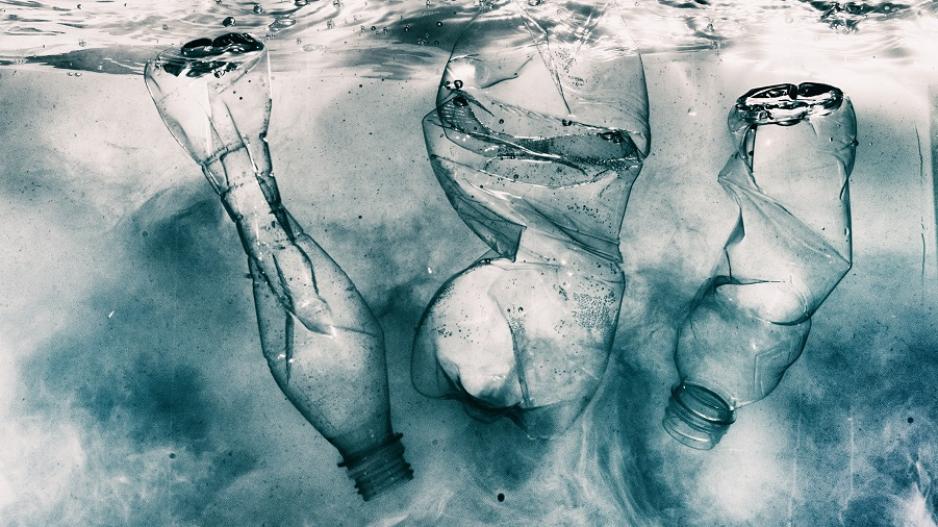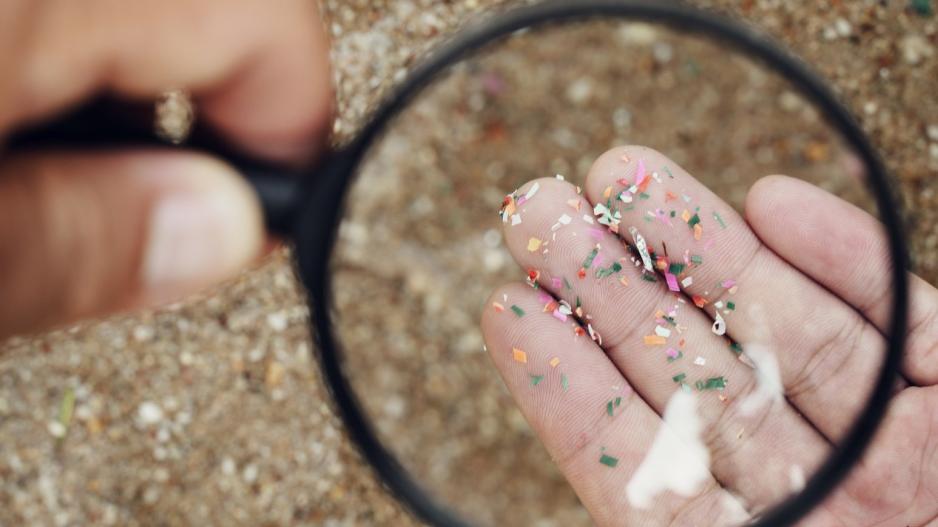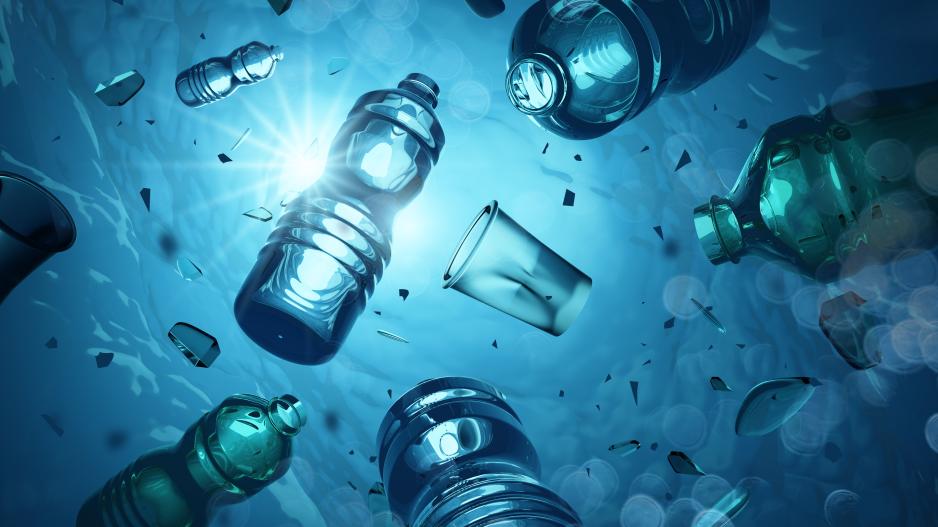Cyprus Drowning In Microplastics
How Everyday Choices Can Combat The Growing Threat Of Plastic Pollution In Our Food And Bodies
Millions of tons of plastic inflow into seas and oceans every year, with the Mediterranean heavily burdened by plastic pollution. It is estimated that 730 tons of plastic per day end up in the Mediterranean Sea, directly affecting Cyprus by contaminating fish and marine animals, which in turn has negative consequences for human health.
When we swim in the sea, we come across plastic bags. We lie down on the sand and see plastic bottles and cups scattered around. The nearby rocks are also filled with trash and litter.
Plastic pollution in the seas and on the coasts is one of the most serious environmental and consequently health issues of our time. And it is something that concerns each one of us, as according to the United Nations, it is a global problem that affects all countries, especially island nations like ours.
The international organization estimates that 19 to 23 million tons of plastic waste leak into aquatic ecosystems every year, polluting lakes, rivers, and seas. This means that every day, 2,000 garbage trucks filled with plastic are dumped and not recycled. According to the International Union for Conservation of Nature (IUCN), the 460 million tons of plastic produced today will increase dramatically. The same will happen with the plastic that will end up polluting the planet.
The Mediterranean is no exception, quite the contrary. Plastic pollution is particularly worrying due to its geographical location and the many countries bordered by its waters. Although it covers only 1% of the world's seas, it receives approximately 7% of global plastic waste each year. In fact, plastics account for between 95% and 100% of total floating debris and more than 50% of seabed litter.
Is this something that concerns Cyprus as well? Unfortunately, the answer is yes, as we all know pollution knows no borders. Plastic waste will not stop entering our area simply because it is "not allowed."
The AKTI Research Center conducted a large, multi-year field study on plastics in the seas and coasts of our island. The results of the study are truly disheartening, as they depict a bitter truth: we are literally swimming in plastics.
In an effort to record the extent of pollution over the past seven years, the Center has been systematically sampling from the coasts in both the free and occupied areas of the island. The findings speak for themselves: the average in all Cypriot coasts is about 20 pieces of litter per 100 square meters of beach. There are areas where it reaches 90 pieces of litter per 100 square meters. Most of this litter is plastic.
Consequently, the coasts and seas of our country are full of microplastics and nanoplastics. According to PNAS magazine, microplastics and nanoplastics are small particles with a diameter of less than 5 mm that come from the breakdown of larger plastics. Moreover, due to their size, nanoplastics may be more toxic as they can more easily enter the human body compared to microplastics.
The seas of Cyprus, according to AKTI, contain more than 4,000 microplastics per square meter. And this concerns both the tourist coasts of Cyprus and the remote ones.

The more plastic invades our daily lives, the larger amounts end up in the human body, as recorded by numerous studies. Microplastics and nanoplastics pose many health risks as they can enter the human body through food, breathing, or even skin contact. They can even reach the placenta in the case of a pregnant woman.
It is therefore not surprising that microplastics and nanoplastics have been detected in most of the foods we eat and drink. In bottled water, fruits and vegetables, meat, fish. In short, everywhere.
The potential risks to human health from the presence of microplastics and nanoplastics in our bodies are just beginning to be mapped. Although we are still at the beginning, scientists are confident that the consequences will likely be negative and, as the Guardian newspaper wrote, we have many reasons to be concerned.
Microplastics and nanoplastics seem to be associated with an increased risk of allergic rhinitis, heart attack, infarction, or even death, intestinal inflammations, while their presence in arteries is linked to strokes.

Global plastic production is increasing and only a small portion is recycled. Globally, the recycling rate is just 9%.
It may not be entirely up to us to change the world, but our daily choices impact the environment. Reducing plastic and especially single-use plastic is something we must achieve to ensure the sustainability of our planet and to improve the quality of our health.
We don't need to think of complex or difficult solutions to succeed, as with simple and easy steps we can make a difference.
We can turn to materials like aluminum and glass, which have significantly greater advantages over plastic. Aluminum can be recycled countless times, maintaining all its properties in each life cycle.
This means unlimited reuse and less waste. It is estimated that 75% of the world's aluminum production is reused. In fact, an aluminum can thrown into the recycling bin can return to the shelf as a new product within a few days.
Additionally, both aluminum and glass are excellent choices for safe food storage, ensuring their hygienic preservation.
At the same time, where possible, we can carry our own container and fill it with water. The same applies whenever we want to transport food. For our drinks, we should prefer aluminum and glass packaging instead of plastic. And why not have reusable containers for our coffee instead of buying single-use items every time?
Another good solution is to prefer reusable or cloth bags for our shopping. We can also choose products with less plastic packaging, whether it's clothing or cosmetics.






